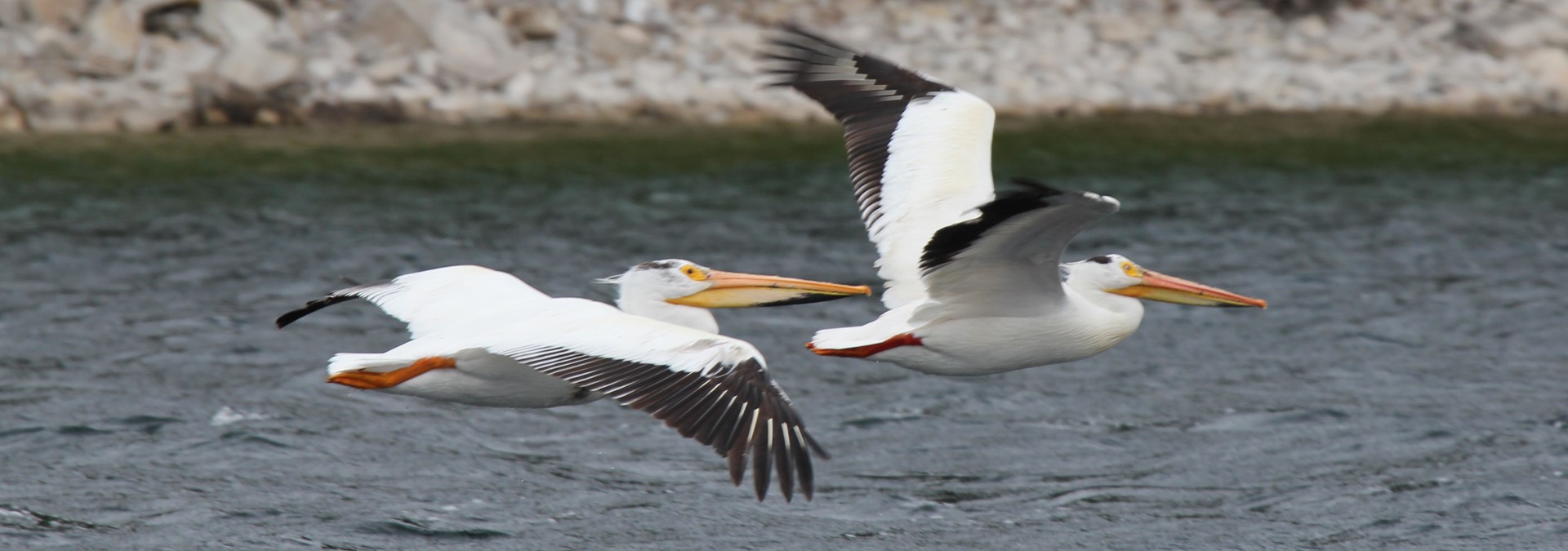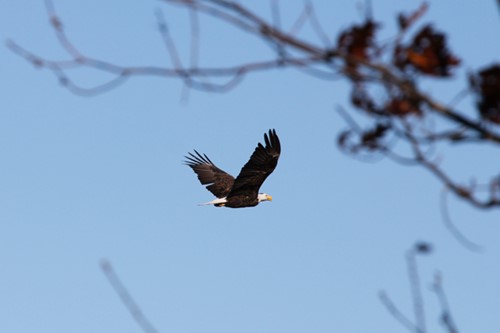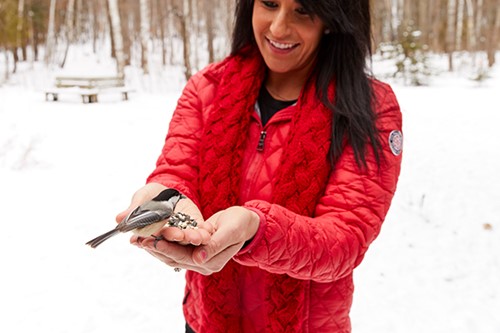
Eyes on the Sky: Birding in Door County
Published
Birding Bliss in Door County
Unleash your inner birder in Door County, home to more than bird species across miles of beautiful shoreline! Whether you're a novice or seasoned birder, here are key nuggets to get started:
- Best Spots to Watch: Visit Shivering Sands for diverse habitats or head to Peninsula State Park for pileated woodpeckers.
- Must-Experience Activities: Join a birding hike at The Ridges Sanctuary or enjoy hands-on experiences at Open Door Bird Sanctuary.
- Expert Tips: Discover birds using binoculars in the -x magnification range and try "pishing" to attract curious feathered friends.
Plan your birding adventure today! Visit our calendar to track upcoming avian events.
Door County’s unique location and geography make it a special place for those who love to turn their eyes to the sky in search of birds.
Over 300 species of birds have been spotted along the county’s 298 miles of shoreline. The peninsula’s many state and county parks, nature sanctuaries, and protected lands provide birders of all levels lots of opportunities to spot these feathery animals.
Where and When
The first key to birding is to know where and when you can find various species. The first migratory birds start to come back to Door County by mid-March. This includes everything from sandhill cranes and larks to killdeer and redwings.

By mid-April waterfowl come back to the county as the inland waters start to de-ice. As May comes around migrant birds start to fly in from Central and South America as well as shorebirds. There are some birds that hang in the county year-round including turkeys, pheasants, cardinals and crows.
Some birds are more easily discovered in specific parts of the county. Migratory birds can be seen easiest in the spring along stretches of shoreline with tall pine trees. They flock to the pine trees to pick midges that have come out of the shallow water.
Pileated woodpeckers can be seen in places like Potawatomi State Park or Peninsula State Park, amongst lush forests. They create large, rectangular holes in dead trees. As they drill for ants, the woodpeckers leave behind important shelters that will become homes for owls, bats, ducks and swifts.
Shivering Sands, a Nature Conservancy preserve on Glidden Drive, provides birders an opportunity to see over 100 bird species. The preserve’s cedar swamp combines with lowland forest and is dotted throughout with micro-habitats, all packed into a biodiverse five square miles.
One of the best times to go out birding is on a day following 24 hours of strong winds coming out of the south. These winds help migrating birds fly north. While you don’t have to get out there before the sun, the morning sunshine encourages birds to do their thing, making your chances increase of spotting one.
Here are a couple of maps that indicate some of the best places in the county for bird watching.
Bald Eagles and Snowy Owls
The Bald Eagle, once listed on the Endangered Species List, has made a comeback in Door County. Your odds of catching a glimpse of these majestic birds are good if you keep an eye out, even at busy parks in summer. Eagles will often be spotted seeking prey along the shorelines.
Snowy Owls have also been spotted in increasing numbers throughout North America, and Door County is no different. While not as easy to find as the Bald Eagle, it’s not entirely uncommon to catch a glimpse of these rare birds perched in prominent locations.
Birding Activities
If you are new to birding or like going out in groups, there are plenty of places throughout the county that offer different birding opportunities and activities that you can be involved in.

Places like Peninsula State Park will give you opportunities to get the birds to come to you. Sprinkle some seed on your outstretched arm, or on top of your head, hold still, and wait. Soon, a chickadee will come to perch on you, snatch a seed, and take it back to a nearby, sheltered branch to crack it open.
The Ridges Sanctuary offers birding hikes during the summer. Rise early with the sun and take a morning excursion into the woods, fields, and waters around Baileys Harbor to discover the birds that inhabit the area. If you are not an early riser, they offer a bird hike a little later in the day. The Ridges also has many programs and speakers come in and do programs that are focused on birds and birding in the county. Keep an eye out on their calendar for those scheduled programs.
The Open Door Bird Sanctuary is a fantastic place to check out. Learn about and experience live birds of prey in a natural environment. There are opportunities for close encounters with raptors, talking with educators, and seeing artifacts. The sanctuary sits on 34 acres of land with three different scenic hikes and a picnic area, creating a chance to see more than the birds of prey.
There are lots of bird-related activities throughout the summer. The best way to keep track of them is to follow our calendar of events.
Birding Tips
When coming to the county to enjoy a birding trip, here are a few things to keep in mind that might help make your excursions more successful.
- Prep for your birding adventure by listening to bird calls on CD while driving to Door County. Your local library may event have these for loan.
- You will best find birding bliss, and avoid frustration, by using binoculars that offer an objective lens measurement between 30 and 45 mm (the opposite end from the one you are looking through). You might prefer toting around less weighty binoculars towards the 30 mm side; and more magnification is not necessarily better. Try for magnification from 6 to 8.
- Practice your pishing! Use a whispered pish (say the word as is) to attract birds, mostly chickadees and tits; other birds may also show up to see what the deal is. After you’ve attracted them, halt your pish and let them return to their natural behavior.
You can find more tips from expert birder, the late Roy Lukes, in this interview between him and Peninsula Pulse writer, Myles Dannhausen Jr.
Sign up today!
Visit Door County virtually with monthly newsletter updates. Each issue is jam-packed with vacation ideas, special offers, recipes, festivals, events, and more.
Subscribe to the Newsletter




